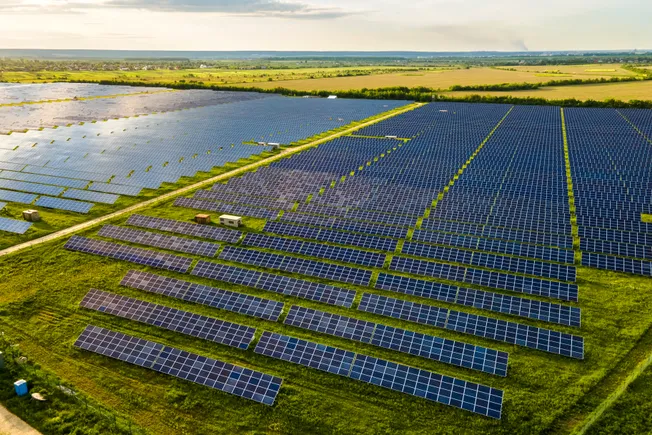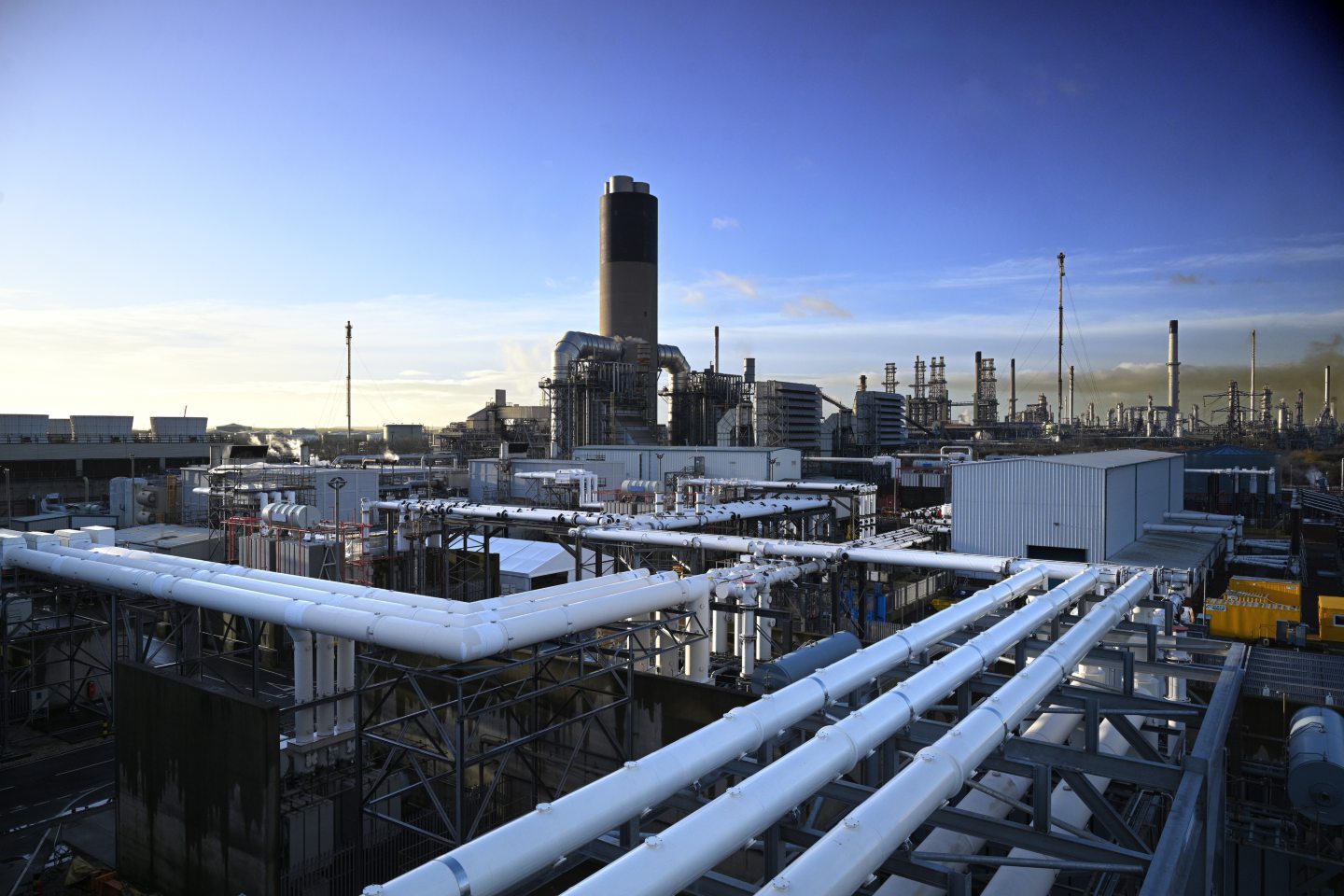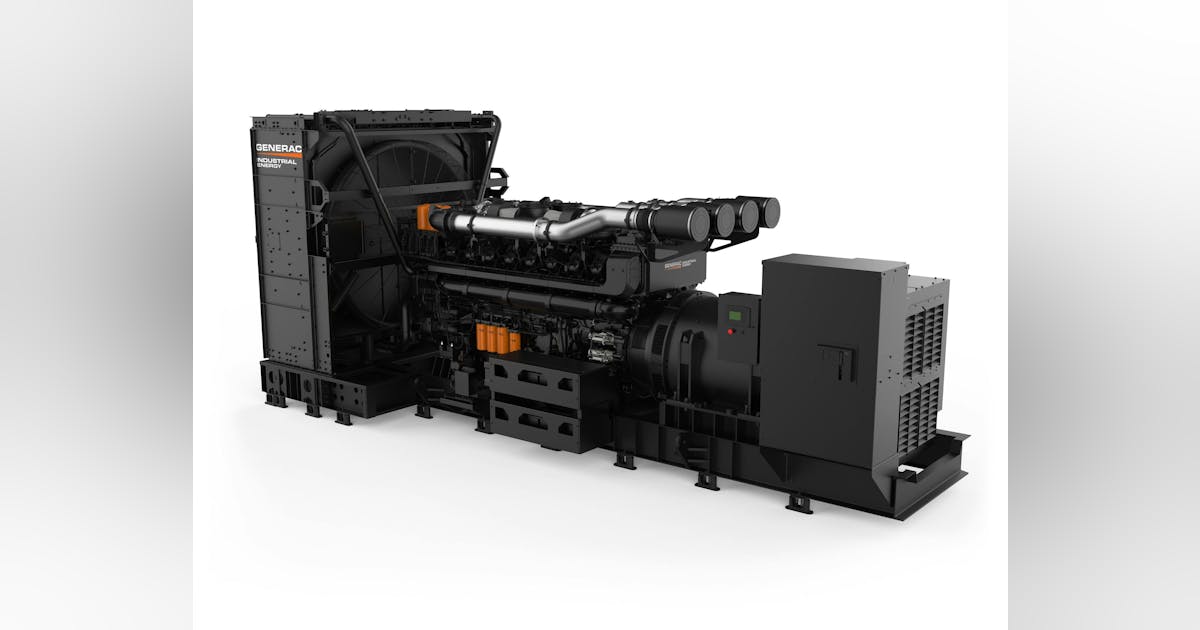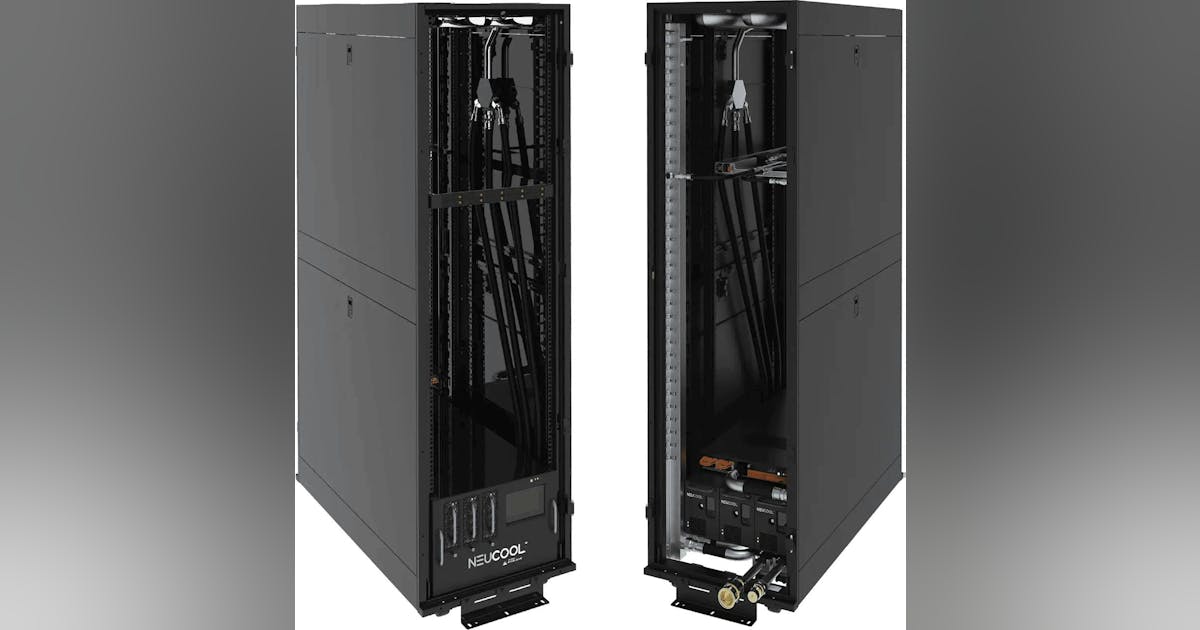When it comes to the Scottish economy, and the energy sector in particular, I’ve become pretty much immune to bad news.
It was with the recent announcement of the three main hardware contracts for the Aberdeen BP hydrogen hub, which initially sounded wonderful.
The project was starting to move ahead. We are going to get a hydrogen hub in Aberdeen.
However, look at the announcement in detail and go and spend five minutes on Google and you’ll learn pretty quickly that the beneficiaries of the project are Norwegian, German, and English companies.
They will be manufacturing the electrolyser, the compressor system, and the storage tanks.
That’s all the juicy value-added stuff developed for the growing global hydrogen market and Aberdeen, let alone Scotland, is providing none of it.
This was all announced a day or so before one of the latest economic forecasts for Scotland suggested that Aberdeen’s growth would be the smallest of all the Scottish cities.
That didn’t surprise me one little bit because I know we’re not doing anything like enough here to achieve real growth.
The ‘Aberdeen Hydrogen Hub‘ announcement reinforces that view.
During the recent Energy Voice Live event in Aberdeen, which hoped to answer the question “Where are the green jobs coming from?”, Paul de Leeuw of Robert Gordon’s University said: “The vast majority of the green jobs are not in the UK, they are actually at the moment in the Far East.”

He’s right, and it’s because those countries have invested in the manufacturing and development of solar panels, wind turbines and electric vehicles, etc.
Strangely, we do have an electric vehicle manufacturer but it’s a small company building very specialist off-road four-wheel drive vehicles, and I may be doing them an injustice, but I’m not sure they’ve even built 50 yet.
Not quite a Hyundai or a BYD but encouraging to see, nonetheless.
De Leeuw went on to say: “If we want to create green jobs and skills … we have to build that capacity here.”
Of course, we know that, and we’ve known it for a long time, but regrettably done very little about it.
Let’s look again at the Aberdeen hydrogen hub announcement.
The company running the project is Hydrasun – which has been around in Aberdeen for a long time – but is now part of the D2Zero group, which is owned by the American private equity company SCF Partners.
The creation of the D2Zero group was effectively an exercise in the acquisition of a collection of companies that were capable of a synergetic relationship aimed at progressing the growth of a modern low or zero carbon energy technology company.
It will inevitably be sold on or listed on a stock exchange in order for SCF to realise a decent return sometime in the near future.
This is standard procedure for private equity companies.
A good example of this is the Ashtead Group, which, through “partnering” with private equity, enabled it to acquire some nine companies and achieve the growth and stability needed to become listed on the London stock exchange.
Private equity has the reputation of being short term and ruthless, slashing jobs to achieve faster and larger returns on their capital.
True or not, that isn’t, in my opinion, the main issue. The main issue is that private equity rarely creates anything new.
Using mergers and acquisitions as a tool to achieve growth and add value does not necessarily result in the advancement of technology, which is what we really need to achieve that so-called just transition and create the jobs Paul de Leeuw was talking about.
If Aberdeen already had companies manufacturing electrolysers, compressors and other renewables hardware, then we’d be in a far better position in terms of potential growth prospects than we currently are, but private equity doesn’t really seem to be interested in that.
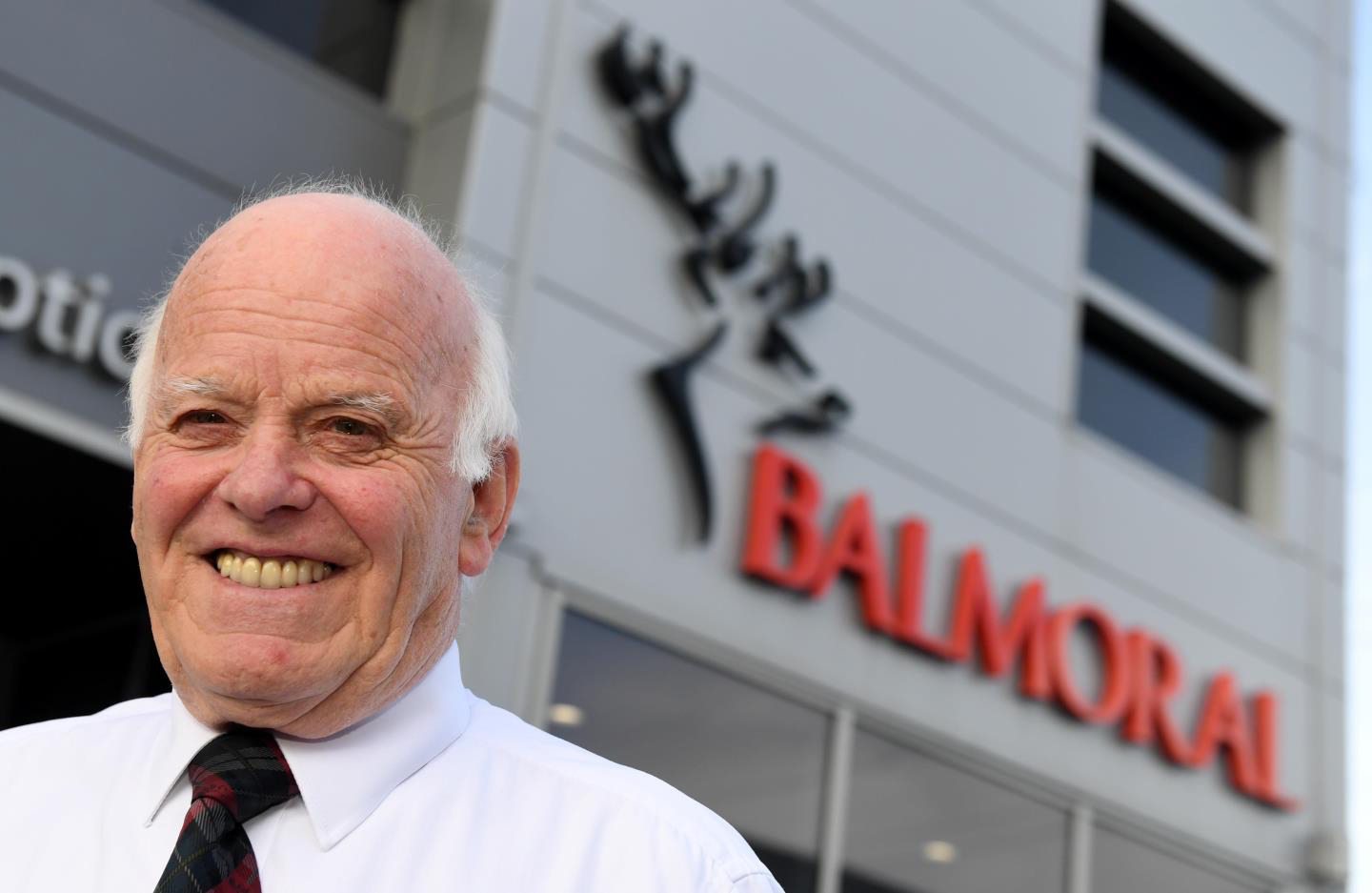 © Supplied by Kami Thomson/ P&J
© Supplied by Kami Thomson/ P&JAnd yet, existing companies that have taken on that challenge have thrived.
A large part of the business of The Balmoral Group, led by Sir Jim Milne, is now dedicated to the manufacture of renewables-related technologies.
Balmoral and the Wood group were once seen as major success stories for Aberdeen, both earning their founders a knighthood.
Today though, the Wood Group is up for sale, whereas Balmoral is thriving and profitable and continues to diversify.
Wood is a listed company, but Balmoral remains privately owned.
Wood is also now just one service provider amongst a flock of other very similar service providers, whereas Jim Milne took the manufacturing and product development route and created something quite unique for Scotland at least.
Keeping Balmoral privately owned was probably key to that. After all, it’s the perfect private equity model.
The motivation driving M&A actively isn’t always growth. Look at the merger between Shell and Equinor. That’s a consequence of the decline across the UKCS and ridiculous government policy.
NEO Energy and Repsol Resources UK and Ithaca Energy and Eni are doing the same.
It’s a survival tactic. A means of cutting costs and making the best of their joint assets.
It will undoubtedly be bad for jobs. That makes the problem defined by Paul de Leeuw more difficult to resolve.







